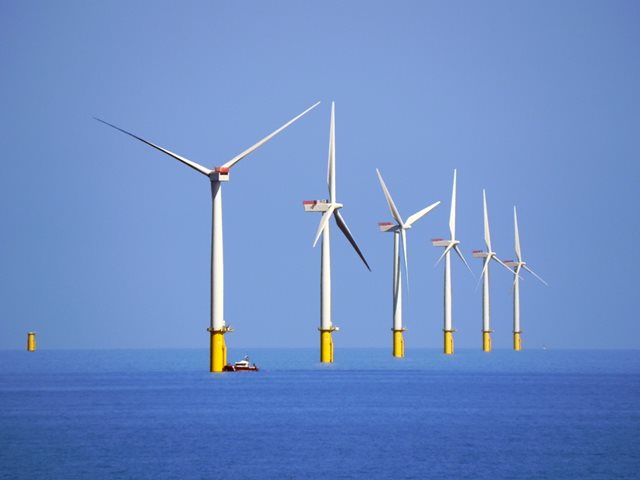
Date: 09 Mar 2023
Public consultation opened until 20th April 2023
The Government is developing the Offshore Renewable Energy Development Plan II (OREDP II) – Ireland’s new national spatial strategy for our offshore renewable energy future. The OREDP II will provide a high-level framework for the long-term, sustainable, and planned development of Ireland’s immense wind, wave, and tidal renewable energy resources. There are other key steps in building the Enduring Regime such as the Hydrogen Policy, Interconnector Policy, and Economic Assessment, which are currently in development.
The draft OREDP II has been developed in collaboration with key stakeholders including representatives of the fishing sector, academia, offshore renewable energy developers, the environmental sector and many more. The Government is now looking for input to the draft OREDP II and associated environmental reports through a public consultation, running from 24 February to 20 April 2023. Further information can be found HERE.
Background
Offshore renewable energy will be essential to transforming our energy supply with clean, green energy to ensure we achieve net-zero carbon emissions by 2050. With a sea area seven times the size of our land area, Ireland has immense potential for wind, wave and tidal energy that can aid in delivery of our long-term climate goals. To find the most suitable areas for harnessing offshore renewable energy, we also need to consider how Offshore renewable energy development may interact with other maritime uses and biodiversity.
The OREDP II will set out a framework for where Offshore renewable energy will be developed in the future and is one of the key building blocks of the future, long-term model for the offshore renewable energy sector in Ireland. This long-term model and vision for offshore renewable energy in Ireland is called the Enduring Regime.
Under the Enduring Regime, the State will ensure that the economic, environmental and societal benefits of ORE are realised for everyone. This includes choosing the right offshore technology to use in the right places through the OREDP II. There are other key steps in building the enduring-regime such as the Hydrogen Policy, Interconnector Policy and Economic Assessment, which are currently being progressed.
OREDP II is key to
- Meeting our future energy demands
- Transforming our economy and industry
- Achieving net-zero carbon emissions
- Protecting our environment
- Shared use of our seas
In order to realise our energy and climate commitments, we must identify the most suitable areas in our seas for development of offshore renewable energy. This will involve consultation with communities and stakeholders to ensure we have all the right evidence and information available to us.
The draft OREDP II outlines the proposed criteria to identify these initial areas – known as Broad Areas of Interest – which will ensure that we plan to use the right technologies in the right places.
How Government will identify the initial Broad Areas of
- Interest for future offshore renewable energy
- Extensive data analysis
- Evidence-based decision making
- Consultation with key stakeholders
- Public consultation and participation
- Identifying opportunities for sharing
- the maritime space
- Considering environmental sensitivities
Further analysis will refine the Broad Areas of Interest into smaller geographical areas, ahead of formal designation for future offshore renewable energy developments. This analysis may include environmental or economic assessments, and will involve consultation with stakeholders. Formal designation of these areas for ORE will require the development of Designated Maritime Areas Plans (DMAPs). These will be statutory, regional spatial plans for offshore renewable energy.